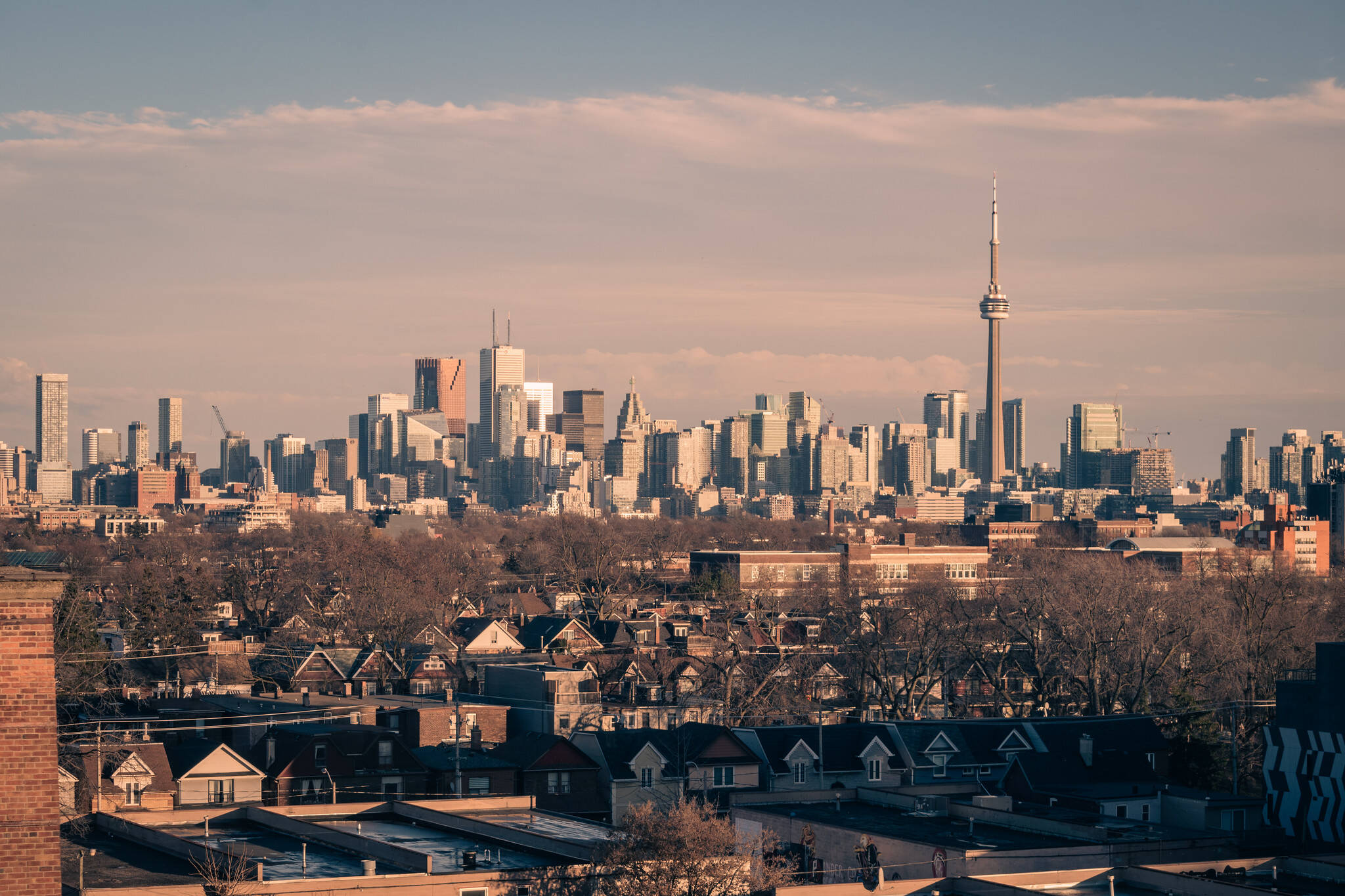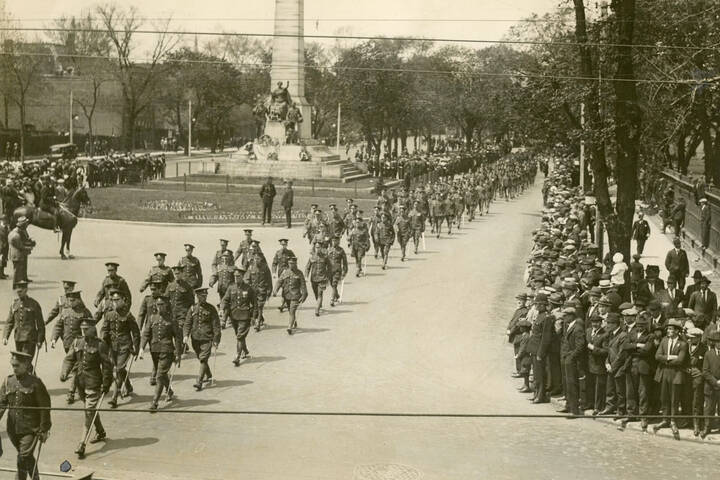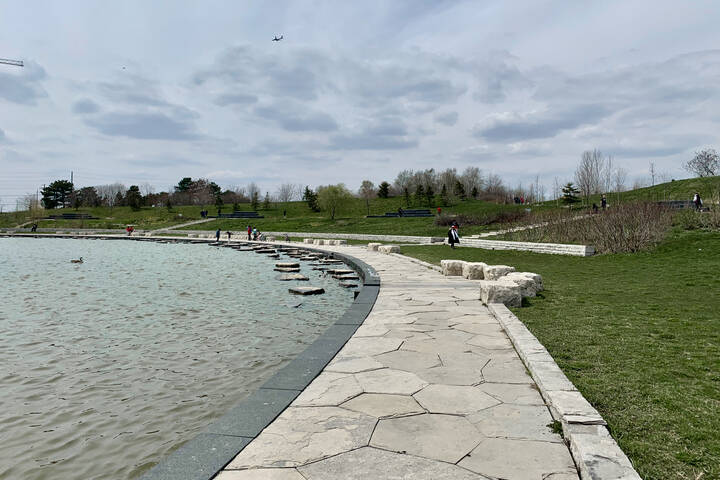
Toronto records highest population decline in decades as urban exodus continues
Toronto's population continues to decline as the pandemic drags on, inspiring more and more people to relocate from big cities to smaller towns where they can now work remotely with ease in huge houses that cost less than the average downtown apartment.
Newly-released numbers from Statistics Canada show that a record number of people moved away from the Greater Toronto Area between July of 2020 and 2021, with 64,121 former residents relocating elsewhere in Ontario over that period of time alone.
According to StatsCan, this represents the "largest net loss to migratory exchanges with other regions" of Ontario since at least 2001/2002.
Of those roughly 64,000 people who left the GTA, some 40,400 of them were in the City of Toronto. Even with immigration factored in, the 416 saw an overall population decline of 16,563, between July 1, 2020 and July 1, 2021.
This represents a decrease of about 0.6 per cent and marks the first annual net loss for Toronto since 2003/2004.
But our city wasn't alone in this regard — population growth stopped, slowed or stalled in many of Canada's urban regions for a second consecutive year over the time period surveyed.
Meanwhile, migration into rural areas increased across the country on the whole.
Not surprisingly, the exodus out of the City of Toronto and the Peel region accelerated: pic.twitter.com/492eedTG65
— Dr. Mike P. Moffatt 🇨🇦🏅🏅 (@MikePMoffatt) January 13, 2022
"Rural areas in Ontario (+13,680) and Québec (+25,831) saw the highest gains from intraprovincial migration since at least 2001/2002," noted StatsCan in a release when announcing the findings earlier this week.
"These estimates, the first to give us a look at a subprovincial level for an entire year of the COVID-19 pandemic, tell of an accelerating trend in migration from large urban centres, leaving their continued growth largely supported by international migration."
But with net international migration into Canada down by more than half compared to before the pandemic, it's difficult to rely on newcomers to sustain and boost urban populations as they have done for so long in the past.
We can certainly blame COVID-19 in large part for slowing down international migration, but the "mass urban exodus" Toronto has been experiencing isn't entirely the pandemic's fault.
Skyrocketing home prices and the increasingly high cost of living has been serving for years to drive away Toronto residents, especially young ones looking to buy property and / or start a family.
Small towns (and small town home prices) are growing at a clip with all of these urban expats in the mix, a phenomenon that's been particularly pronounced in areas just outside large amalgamated metropolises.
"Among the census subdivisions with a population of at least 5,000, The Blue Mountains (Ont.) (+7.9%), Langford (B.C.) (+6.3%), Brock (Ont.) (+5.9%) and Saint-Hippolyte (Qué.) (+5.9%) saw the highest growth rates in 2020/2021," noted StatsCan in its release on Thursday.
"Such fast growing [census subdivisons] continue to be found mostly in the periphery of [census metropolitan areas], away from the core of large urban centres."
Latest Videos
Latest Videos
Join the conversation Load comments







